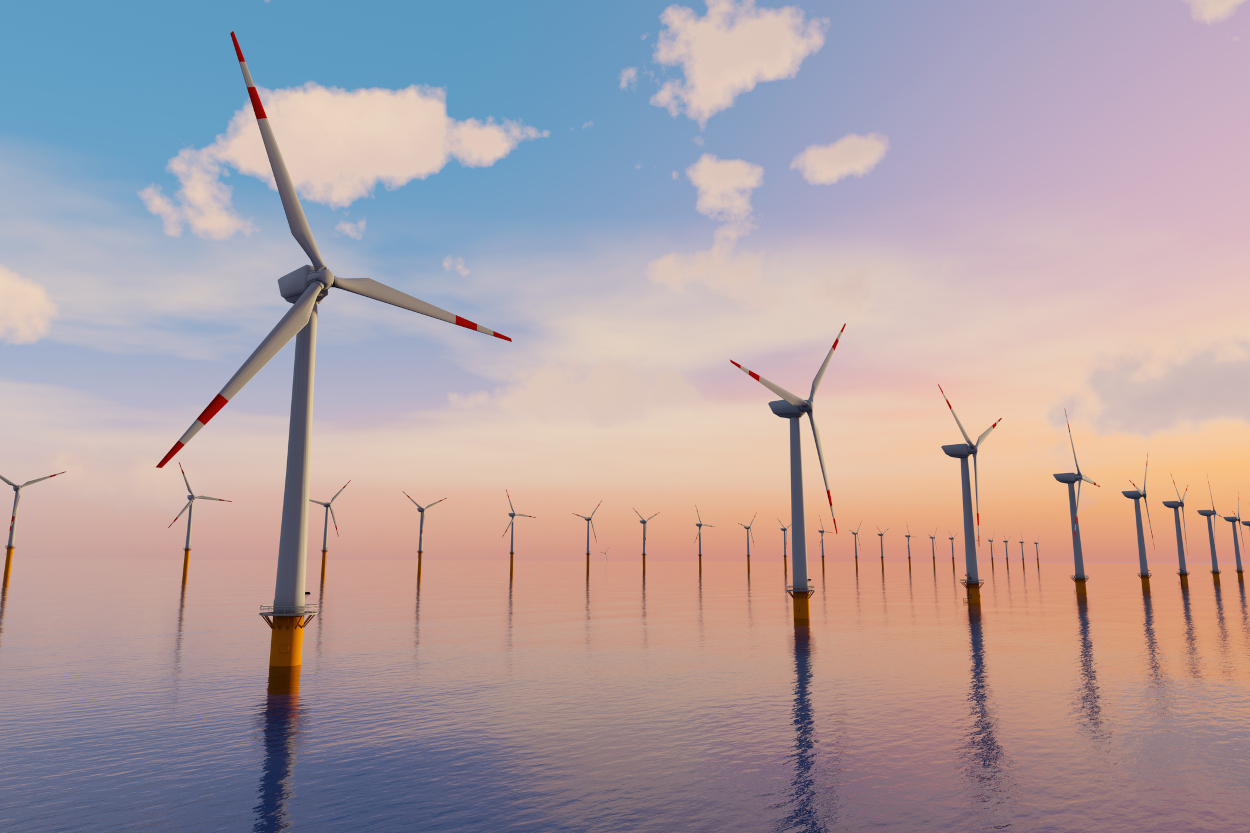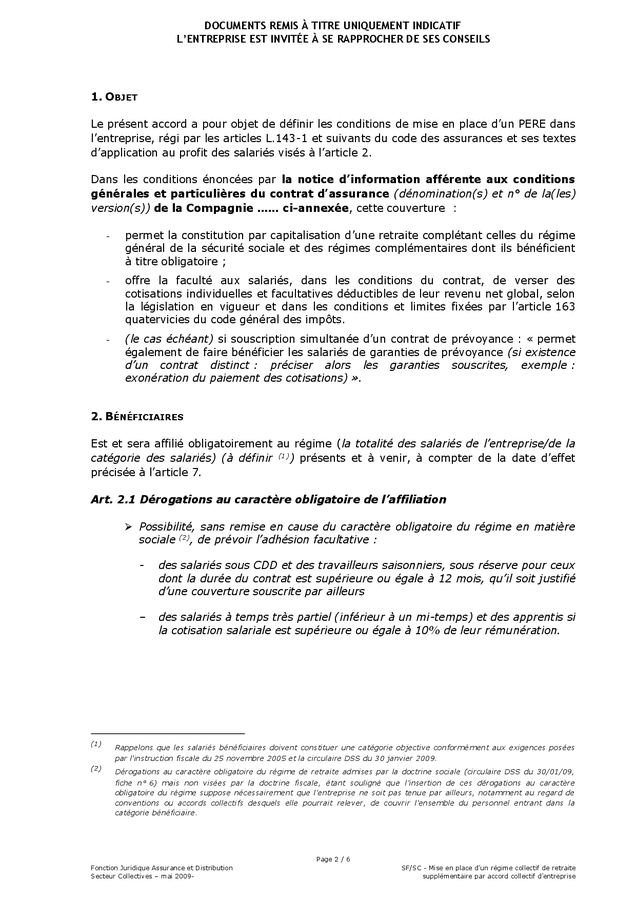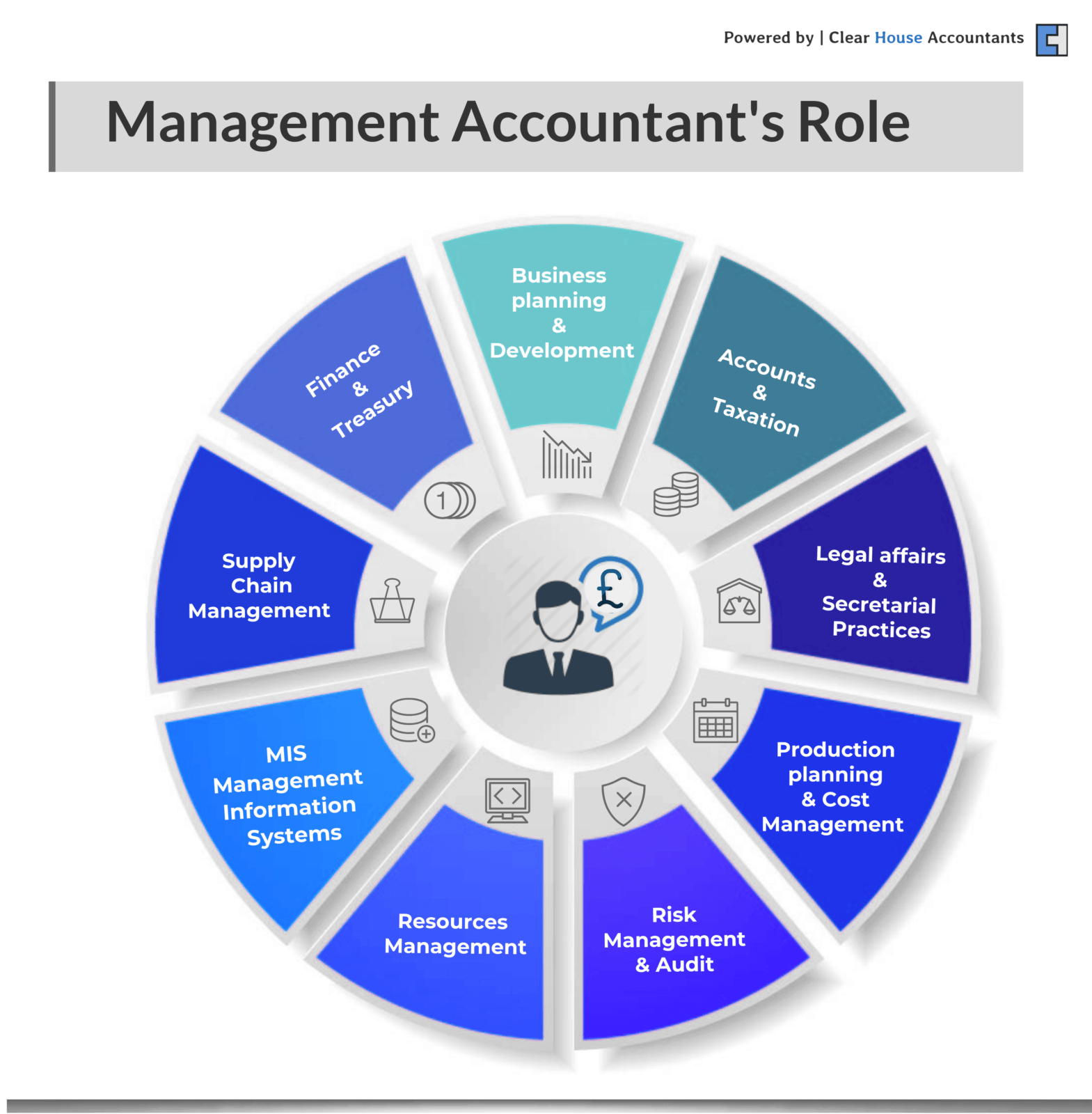Offshore Wind's High Costs: A Shift In Industry Sentiment

Table of Contents
Rising Capital Expenditure (CAPEX) and its Drivers
The substantial upfront investment required for offshore wind farm development is a primary driver of offshore wind's high costs. Developing offshore wind farms demands significant capital expenditure (CAPEX), encompassing several key areas:
- Turbine Costs: The sheer scale and technological sophistication of modern offshore wind turbines contribute significantly to the overall cost. Larger turbines, while offering increased energy output, also come with a higher price tag.
- Foundation Construction: Installing foundations in deep-water environments presents considerable engineering and logistical challenges, driving up construction costs. The type of foundation (e.g., monopiles, jackets, floating platforms) significantly influences the CAPEX.
- Grid Connection Costs: Connecting offshore wind farms to the onshore electricity grid requires extensive subsea cable infrastructure and onshore substation upgrades, adding substantial expense.
- Permitting and Regulatory Hurdles: Navigating the complex permitting processes, often involving multiple governmental agencies and stakeholder consultations, leads to significant delays and increased costs.
Several factors are exacerbating the rise in CAPEX for offshore wind projects:
- Inflation and Supply Chain Disruptions: Global inflation and supply chain bottlenecks, particularly in the steel and specialized components sectors, have driven up material and manufacturing costs.
- Technological Advancements: While larger turbines and deeper water installations increase energy generation potential, they also significantly increase initial investment.
- Increased Regulatory Hurdles and Permitting Delays: Lengthy and complex permitting processes, often coupled with legal challenges, contribute to project delays and escalating costs.
- Escalating Labor Costs: Skilled labor is in high demand in the offshore wind sector, leading to increased labor costs throughout the project lifecycle.
For instance, several recent projects have reported significant budget overruns, underscoring the escalating costs associated with offshore wind farm construction. The impact of inflation on offshore wind is a key concern, with material costs accounting for a substantial portion of the overall offshore wind turbine costs. The challenges of grid connection costs and permitting delays are further exacerbating the problem.
Operational Expenditure (OPEX) Challenges and Long-Term Sustainability
Beyond the initial CAPEX, ongoing operational expenditure (OPEX) presents another significant challenge to the long-term financial sustainability of offshore wind projects. These ongoing costs include:
- Maintenance and Repair of Turbines: Maintaining and repairing turbines in harsh offshore environments requires specialized vessels, skilled personnel, and robust maintenance strategies. This is a significant contributor to offshore wind operational costs.
- Specialized Vessel and Crew Costs: Transporting personnel and equipment to offshore wind farms necessitates the use of specialized vessels, significantly increasing operational expenses.
- Ongoing Monitoring and Data Management: Continuous monitoring of turbine performance and environmental conditions is crucial for optimizing energy generation and ensuring operational safety, adding to the ongoing expenses.
- Insurance Premiums: Insuring offshore wind farms against risks such as storms, equipment failure, and liability claims contributes significantly to the overall OPEX.
The high offshore wind maintenance costs, coupled with other operational expenses, raise questions about the long-term viability of offshore wind. Understanding and mitigating these offshore wind operational costs is crucial for ensuring the financial sustainability of offshore wind farms. The cost of offshore wind insurance also adds a substantial layer to the operational budget.
The Impact of Financing and Investment Decisions
The high costs associated with offshore wind projects are significantly impacting financing and investment decisions. Securing project financing is becoming increasingly challenging due to the high-risk, high-cost nature of these ventures.
- Attracting Investors: Developers are facing difficulties attracting investors given the substantial upfront investment and the uncertainties surrounding future revenues.
- Government Subsidies and Incentives: Government subsidies and incentives play a critical role in mitigating cost pressures and encouraging investment in offshore wind. However, the availability and level of these subsidies can vary significantly across regions.
- Alternative Financing Models: Exploring alternative financing models, such as public-private partnerships, can help to share the financial risks and reduce the burden on individual developers.
The challenges in offshore wind financing and attracting sufficient offshore wind investment are hindering the growth of the sector. The effectiveness of government subsidies for offshore wind and the potential of public-private partnerships for offshore wind are key areas of ongoing discussion.
Addressing Cost Concerns: Technological Advancements and Efficiency Improvements
Reducing the high costs of offshore wind requires a multi-pronged approach focused on technological innovation and improved project management.
- Technological Advancements: Advancements in floating offshore wind technology, allowing for deployment in deeper waters, hold the potential for significant cost reductions. Improvements in turbine design, manufacturing processes, and materials science can also contribute to cost efficiencies.
- Streamlining Permitting Processes: Improving the efficiency and transparency of permitting processes can significantly reduce delays and associated costs.
- Project Management Efficiency: Adopting best practices in project management, including detailed planning, risk assessment, and supply chain management, can help to minimize cost overruns.
These cost reduction strategies for offshore wind, coupled with advancements in offshore wind technology advancements, are crucial for unlocking the full potential of this renewable energy source. Improving offshore wind project management is equally vital. The development of floating offshore wind technology offers a particularly promising avenue for future cost reductions.
Rethinking the Offshore Wind Cost Landscape
In conclusion, the escalating costs associated with offshore wind projects present significant challenges to the industry. The high CAPEX, driven by factors such as turbine costs, foundation construction, grid connection, and permitting delays, is compounded by substantial OPEX, including maintenance, specialized vessel use, and insurance. These high costs significantly impact financing and investment decisions, hindering the widespread deployment of this critical renewable energy technology.
Addressing Offshore Wind's High Costs requires a concerted effort involving technological innovation, streamlined permitting processes, efficient project management, and potentially revised government support strategies. Further research into innovative technologies, such as floating offshore wind, and exploring alternative financing models are critical for unlocking the full potential of this crucial renewable energy source. We encourage you to explore further resources on this topic and engage with industry experts to contribute to the ongoing dialogue on mitigating offshore wind's high costs.

Featured Posts
-
 April 12th Lotto Jackpot Numbers And Results
May 03, 2025
April 12th Lotto Jackpot Numbers And Results
May 03, 2025 -
 Investing In Our Future The Long Term Benefits Of Childhood Mental Health Support
May 03, 2025
Investing In Our Future The Long Term Benefits Of Childhood Mental Health Support
May 03, 2025 -
 Cooperation Maurice Union Europeenne Signature D Un Accord D Aide Financiere
May 03, 2025
Cooperation Maurice Union Europeenne Signature D Un Accord D Aide Financiere
May 03, 2025 -
 Credible Evidence Links Former Uk Mp Rupert Lowe To Toxic Workplace Culture
May 03, 2025
Credible Evidence Links Former Uk Mp Rupert Lowe To Toxic Workplace Culture
May 03, 2025 -
 Sarina Wiegman And England 3 Critical Questions Ahead Of Euro 2025
May 03, 2025
Sarina Wiegman And England 3 Critical Questions Ahead Of Euro 2025
May 03, 2025
Latest Posts
-
 Fans React To Anna Kendricks Upcoming Milestone Birthday
May 04, 2025
Fans React To Anna Kendricks Upcoming Milestone Birthday
May 04, 2025 -
 Why The Accountant 3 Needs Anna Kendrick A Case Built On The Accountant 2
May 04, 2025
Why The Accountant 3 Needs Anna Kendrick A Case Built On The Accountant 2
May 04, 2025 -
 Anna Kendricks Age Revealed The Surprise Thats Stunned Fans
May 04, 2025
Anna Kendricks Age Revealed The Surprise Thats Stunned Fans
May 04, 2025 -
 Pitch Perfect Stars Recall Unlikely Friendship Beginnings
May 04, 2025
Pitch Perfect Stars Recall Unlikely Friendship Beginnings
May 04, 2025 -
 Anna Kendricks Crucial Role In The Accountant 3 Why The Accountant 2 Proves It
May 04, 2025
Anna Kendricks Crucial Role In The Accountant 3 Why The Accountant 2 Proves It
May 04, 2025
